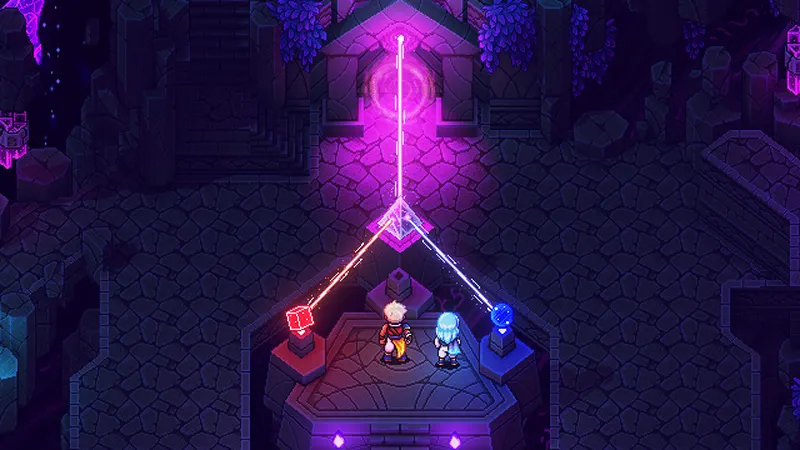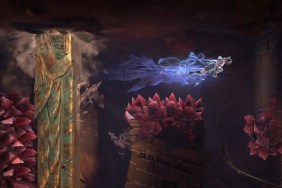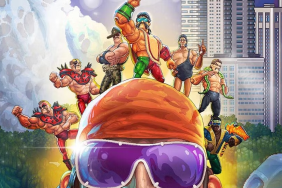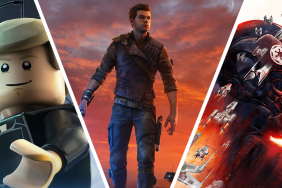Many studios tend to make similar games, only occasionally switching franchises or genres, if at all. Horizon Forbidden West is one recent example of that, as Guerrilla Games was known for making first-person shooters before developing open-world RPGs. Indie developer Sabotage Studio is also transitioning to making RPGs with Sea of Stars after creating the surprise 2018 platformer, The Messenger. It’s quite the change but is something that just feels right for the team.
Part of why this feels right has to do with President and Creative Director Thierry Boulanger. He’s had this fantasy world in his head since he was in elementary school, working his way up from a gameplay coder to a designer to see his childhood ambition realized. This started with The Messenger as it is in the same world as Sea of Stars, just in a vastly different time period. Sea of Stars’ specific story with higher stakes needed a more fitting genre. RPGs and JRPGs that it is overtly inspired by like Chrono Trigger fit that bill as entries in the genre usually have world-altering stakes attached.
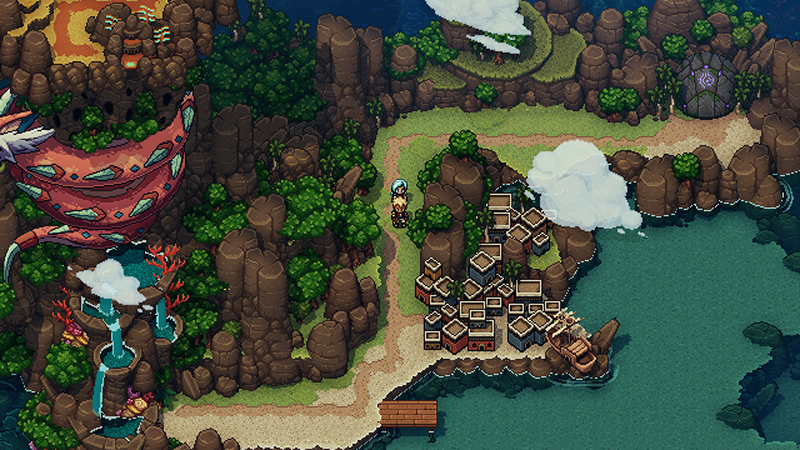
Switching genres has had a few unforeseen consequences. While its combat is vastly different, the biggest and most challenging change came in the form of its level design and new overhead camera angle and how to make it all more readable. Boulanger even said it was “by far the most challenging thing” about the genre swap and something the team didn’t see coming after making a 2D platformer.
“With this camera angle, which isn’t exactly isometric and you want to move on both axes, it is really a challenge to make you properly read the levels,” Boulanger explained. “Like if you think a platform is on the same level as you and you try to jump to it, but it turns out that the platform is way above you. So we have to add the visual supports to it so you can read that.”
MORE: Report: PlayStation’s Spartacus Subscription Service Tiers Priced, Detailed
But Sabotage is keeping something it learned from making platformers: engaging micro gameplay loops. A lot of its systems have some sort of nuance to keep it from getting stale. Fishing is like a seamless mini-game where players have to make sure the line lands on a fish before corralling it in a certain place so it can be more easily grabbed. Traversal also seems a little more complicated, as the demo Boulanger played required some light platforming, warping through portals, and solving puzzles. Some of these loops are even rooted in the narrative since players can camp at specific spots and speak to their party members to get to know them more.
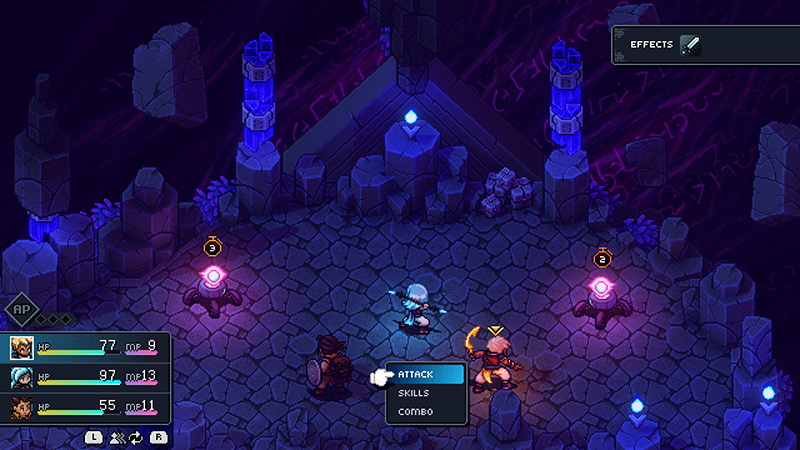
Combat is probably the biggest example of engaging micro gameplay loops. It is a turn-based RPG but has many of the active parts of games like Paper Mario or South Park: The Stick of Truth. Hitting a certain button at the right time will have players doing more damage if they’re attacking and taking less damage if they are defending. It’s small but seemingly effective since it means players can’t zone out during fights like in other turn-based RPGs.
MORE: Elden Ring Has What I Dislike About Dark Souls & Love About Breath of the Wild
Enemies can also have certain badges above them that can be broken with certain attack types like moves laced with moon magic. Knocking these tiles down weakens the foe or cancels their attack, which allows for more strategic play. Some abilities can even rearrange the battlefield, allowing for bigger and more devastating combos. There are six party members to choose from so it is up to players to experiment and find what works in any given scenario. All of these interactive systems means that it appears to have a welcome bit of depth, something the full game hopefully expands more on.
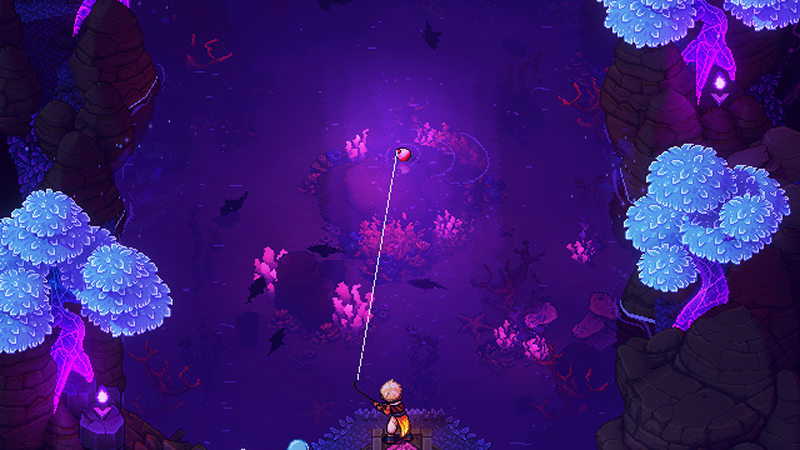
Some of these changes are undoubtedly because of Sabotage’s ability to look at classic systems and add a new dimension to them. It’s what made The Messenger so magical since it was more than the 2D Ninja Gaiden games before it. This can even be seen in the visuals, which are appropriately inspired by 16-bit games, but have new features like dynamic lighting and livelier animation that wouldn’t have been possible back in the ‘90s. Boulanger even lightly touched on this idea of reimagining the old with a modern lens.
“We’re shooting for a modernized take that lets shine the things that made these games great, while rethinking some areas to make sure the experience is interesting for newcomers to the genre as well,” he said.
Boulanger’s love for RPGs is evident since he said that “absolutely everything” was his favorite part of working within the genre. That adoration is apparent within the game with its authentic art style, gameplay, and setup, but also within its small details. For example, after a round of fishing, he jumped into the water and swam after the fish, only to see them scatter. He chuckled and said that that is why the game doesn’t have a release date; the team loves to “go all the way” and add small things like that. These little details do add life to the experience, but the bigger systems they support are also promising, meaning that even though it is entering “last year of polish,” Sea of Stars is already shining bright.
